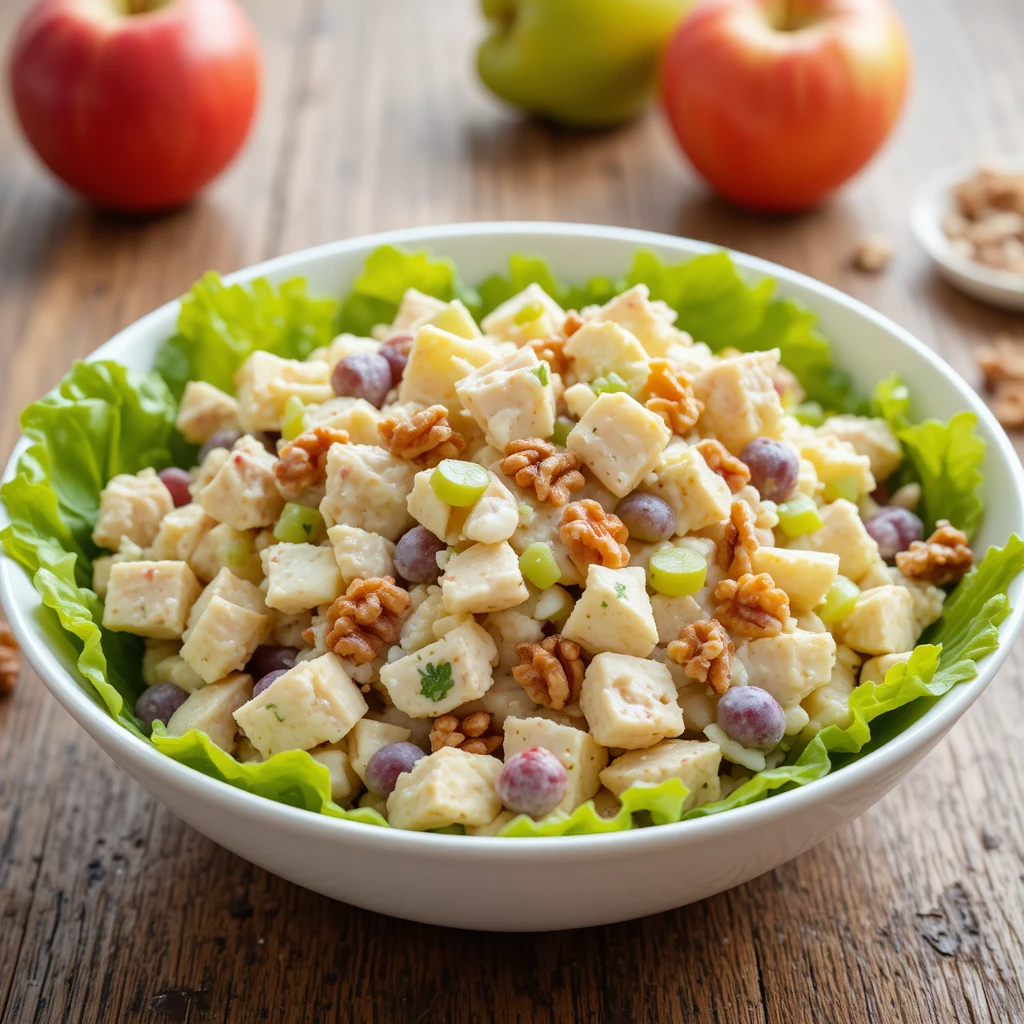Salan Recipe Chicken Style That Makes You Feel Like Home
Salan Recipe Chicken is one of those dishes that always bring comfort. It smells warm, spicy, kinda cozy. Many people try it once and they want again. In this guide I try to share a simple way, but maybe there are some tiny mistakes because I write fast and my mind jump around. Still, you get a tasty, Google-snippet-friendly version that helps you cook it easy at home.
What Makes This Salan So Special
This salan feels rich but it’s not hard to make. The spices blend slow and the gravy get thicker. Chicken gives a soft bite. Sometimes the taste change every time I make it, I guess because I adding a bit more masala or less onion, but thats fine.
Ingredients You Will Need for Salan Recipe Chicken
Use fresh stuff if possible. But honestly, if something is missing, you can still manage.
- Chicken pieces (about 700g)
- 3 medium onions (sliced)
- 2 tomatoes (chopped)
- 2 tbsp ginger garlic paste
- 1 cup yogurt
- Oil (3–4 tbsp)
- Salt to taste
- Red chili powder (1 tsp or more)
- Turmeric (½ tsp)
- Coriander powder (1 tsp)
- Garam masala (½ tsp)
- Cumin seeds (a pinch)
- Green chili (optional)
- Fresh coriander leaves
How to Prepare the Base
Heat oil in a pot. Add cumin seeds and wait till they splutter a bit.
Now drop the onions. They will turn golden, maybe faster than expected so keep eye.
Add ginger garlic paste. It might burn if fire too high so just stir around for a bit.
Building the Flavor
Add tomatoes.
Add chili, turmeric, and coriander powder.
Cook until the mix becomes mushy.
Somedays it cooks faster, someday not. Don’t worry.
The mix should look like a thick paste. If it sticks, splash a lil water. That trick saves many pots from burning.
Time to Add Chicken
Throw in the chicken pieces. Stir so they coat in masala.
The chicken will release its own juices.
Let it cook medium flame.
Sometimes I turn the flame low because I get distracted, but it still works.
Keep mixing every few minutes. If the masala dries too much, add water again. Just small amounts.
Yogurt for Creamy Touch
Lower the flame so yogurt don’t curdle.
Add the yogurt slowly and keep mixing.
This gives the salan a nice smooth gravy. Make sure there’s no lumps.
Add salt here if you forgot earlier.
Let it simmer 10–12 min. The gravy thickens nicely.
Adjusting the Consistensy
Some people like thick salan. Some like watery.
You can add half cup water if you want more gravy.
Boil it until it reach the texture you like.
Adding the Last Spices
Sprinkle garam masala.
Add green chili if you want some heat.
Fresh coriander on top makes it smell amazing.
Taste and adjust salt but sometimes I add too much and regret it. Try slowly.
Small Tips to Make It Even Better
- Use bone-in chicken for deeper flavor.
- If onion taste is too strong, cook them longer.
- A splash of lemon at end changes everything (in good way).
- Don’t skip stirring. The masala can burn quick.
Quick Troubleshoot Notes
The gravy look too oily?
Just boil longer, oil settles on top but mix back in if you like.
Chicken feel undercooked?
Close lid and cook extra 5–7 min.
Masala feels raw?
Add splash water and cook until aroma turns softer.
Serving Ideas
Serve with rice, roti, naan, or even bread if nothing else at home.
Sometimes I eat it with plain yogurt on the side, makes it balanced.
Kids might prefer less chili so adjust early.
A Simple Step-by-Step List
- Heat oil and add cumin seeds.
- Add onions, cook golden.
- Mix in ginger garlic paste.
- Add tomatoes + spices.
- Cook into paste.
- Add chicken, cook until juices release.
- Add yogurt on low flame.
- Simmer until gravy thickens.
- Add garam masala + coriander.
- Serve warm.
Why This Version Works Well
It uses easy spices.
It cooks quick compared to many heavy curries.
It still taste restaurant-like but homemade feeling stays.
Even if you make few spelling or cooking slips (like me), the dish still turn nice.
Extra Flavor Add-Ons
You can add potatoes if you like more body.
You can add a little kasuri methi for aroma.
You can add butter for richer taste but maybe too heavy for some days.
Texture Notes
Some salans feel grainy from onions. If you want smoother texture, blend the cooked onion-tomato masala before adding chicken.
But that adds steps, so I usually skip.
Storage Tips
This salan stores well in fridge for 1–2 days.
It taste better next day honestly because spices settle.
Just heat gently, avoid too much boiling or the chicken get dry.
Common Mistakes People Make
They fry onions too dark.
They add yogurt on high flame and it splits.
They add too much water and end up with soupy salan.
But all fixable with small changes.
Light Nutrition Note
Chicken provides protein.
Yogurt adds calcium.
Spices help digestion.
Oil maybe little high but you can reduce to 2 tbsp if you want healthier version.
Final Flavor
The salan is slightly spicy.
Smooth gravy.
Soft chicken.
Warm aroma that fills the kitchen.
Tastes like something your family will happily eat even if you made some mistakes along the way.



